30 Years In and Still Reforming – New Keep America Growing Podcast Episode

Did you know that 2024 marks the 30-year anniversary of the 1994 Crop Insurance Reform Act? This means crop insurance has been expanding and adapting to the risk management needs of U.S. agriculture for three decades now. Given this important 30-year anniversary, National Crop Insurance Services (NCIS) and its president, Tom Zacharias, took some time […]
NEW PODCAST EPISODE 🌱 Key Crop Insurance Date in March
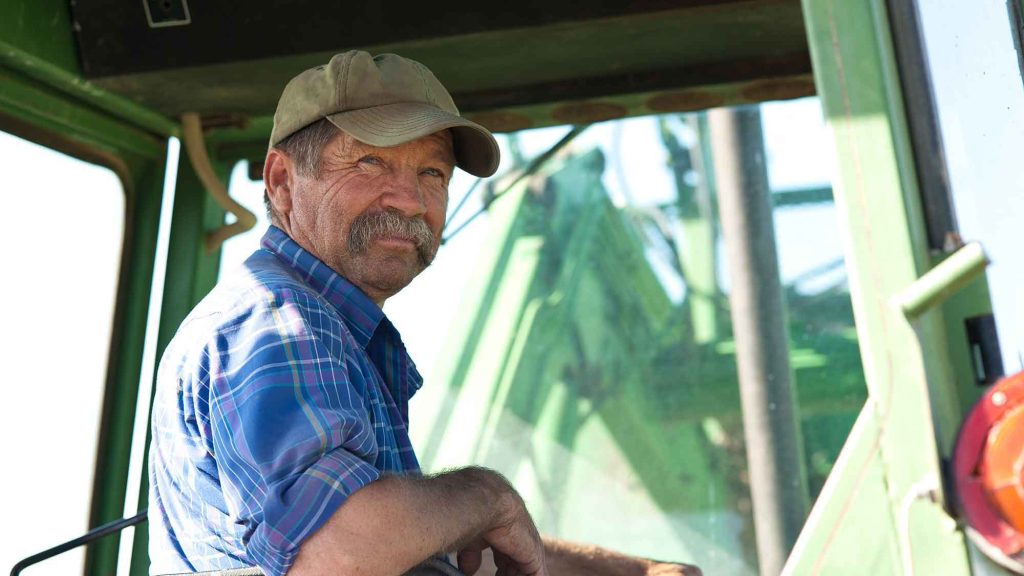
Spring is the season of new beginnings, bringing warmer weather and sunshine, and college hoops and March Madness! It’s also the time for farmers to decide which spring crops they want to insure for the 2024 crop year. This is a critical decision for farmers because growing the most abundant and inexpensive food supply in […]
NCIS Scholarship Program Helps Deserving Students
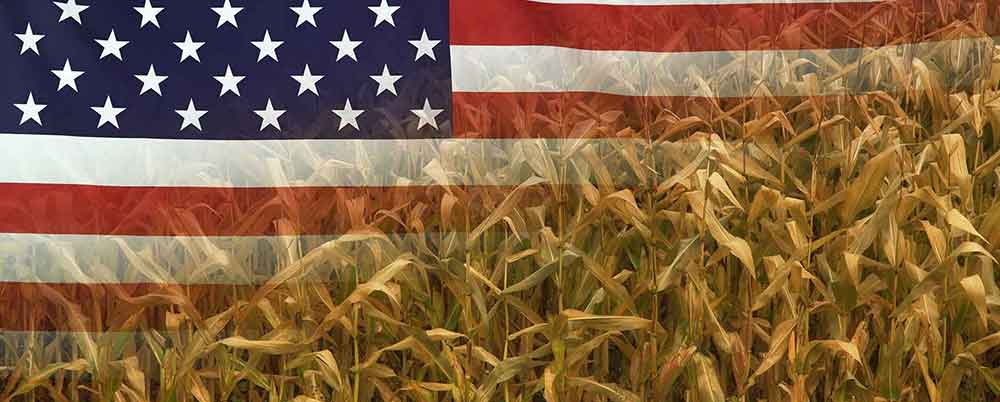
The crop insurance industry is actively working to increase the diversity in its workforce to reflect the diversity of the farmers it serves, and National Crop Insurance Services (NCIS) is proud to be part of this effort by supporting deserving students at the historically Black 1890 Land-Grant Institutions. For more than a decade, NCIS has […]
Congress Supports Crop Insurance

With a one-year extension of the Farm Bill signed into law, Congress is turning its attention to drafting a five-year Farm Bill that strengthens the farm safety net. As the cornerstone of this safety net, crop insurance has received a lot of attention lately. We’re proud of this public-private partnership that keeps family farmers on […]
Kansas Farmers, Agents Share Crop Insurance Stories

We all want healthy, fresh food for our families. America’s farmers and ranchers provide that and more, for your family and families all over the world. But this wouldn’t be possible without Federal crop insurance. “We purchase crop insurance because we just [have] to,” said Dennis Tencleve, a farmer in Mayfield, Kansas, who grows mainly […]
Crop Insurance Supports Farmers, Farmers Support Crop Insurance
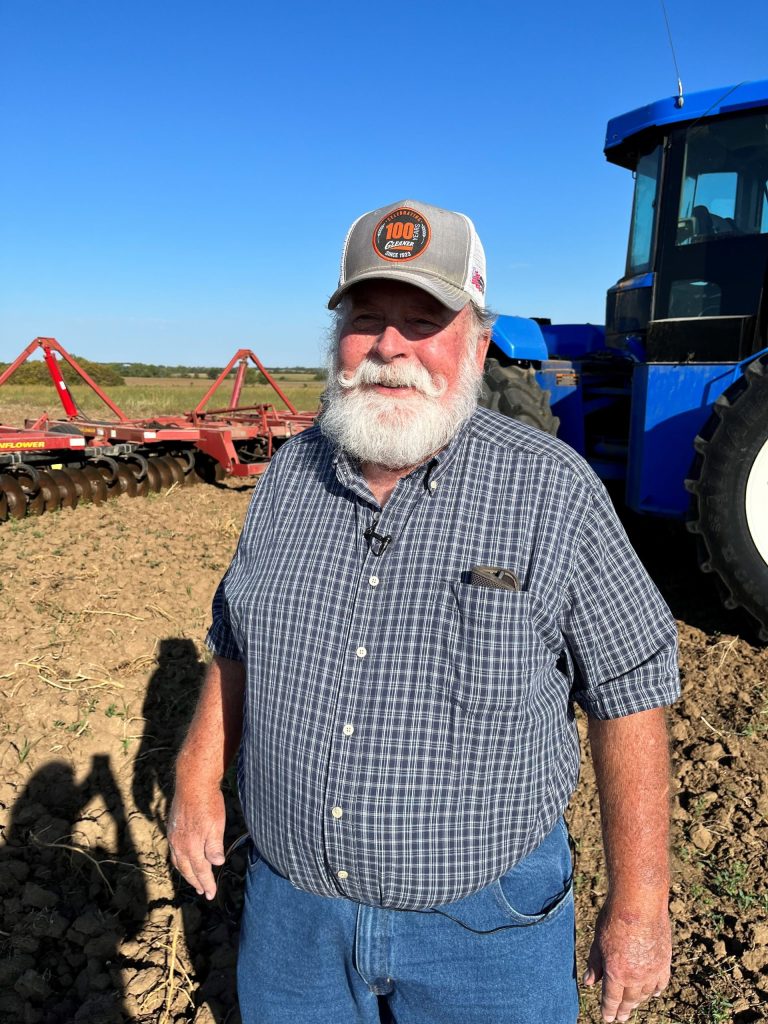
It was late summer when we visited Sumner Country, Kansas, where Phil White farms with his father and brother. All three farmers understand that once they put their crop in the ground, it’s out of their hands – but they also know they can rely on Federal crop insurance to get them through unplanned events […]
“The Most Successful Thing We’ve Done in Agriculture”
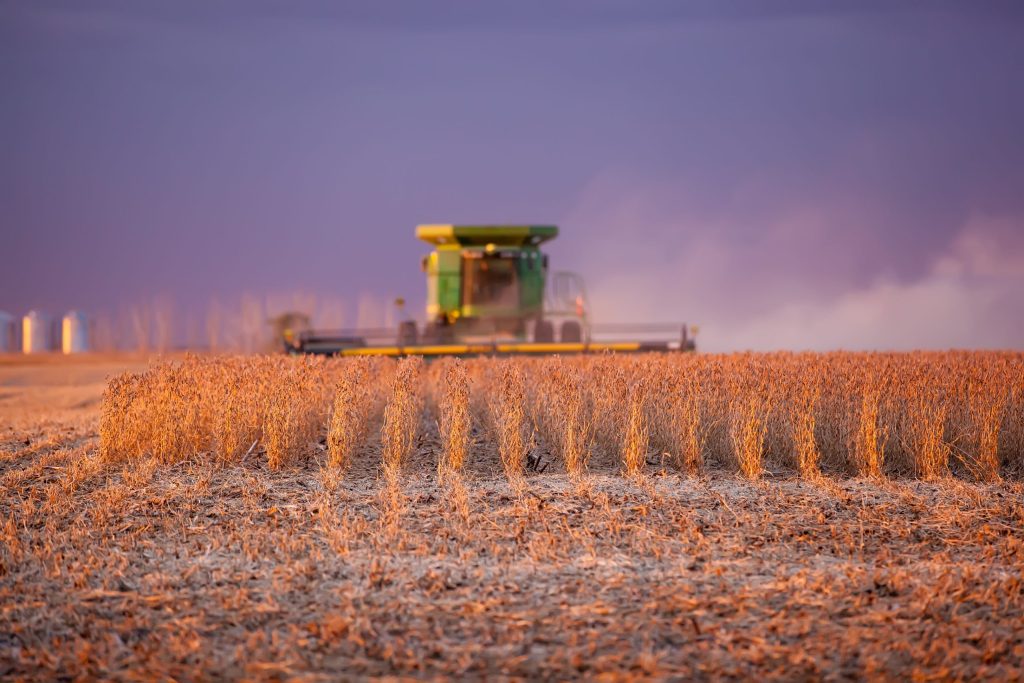
Former Minnesota congressman Collin Peterson knows farm policy. As Chairman of the House Agriculture Committee, Peterson played a key role in several Farm Bills. Peterson recently spoke at an Agri-Pulse event about the critical role crop insurance plays in the farm safety net. “The most successful thing we’ve done in agriculture, and clearly during my […]
Farmers Praise Crop Insurance at Field Hearings
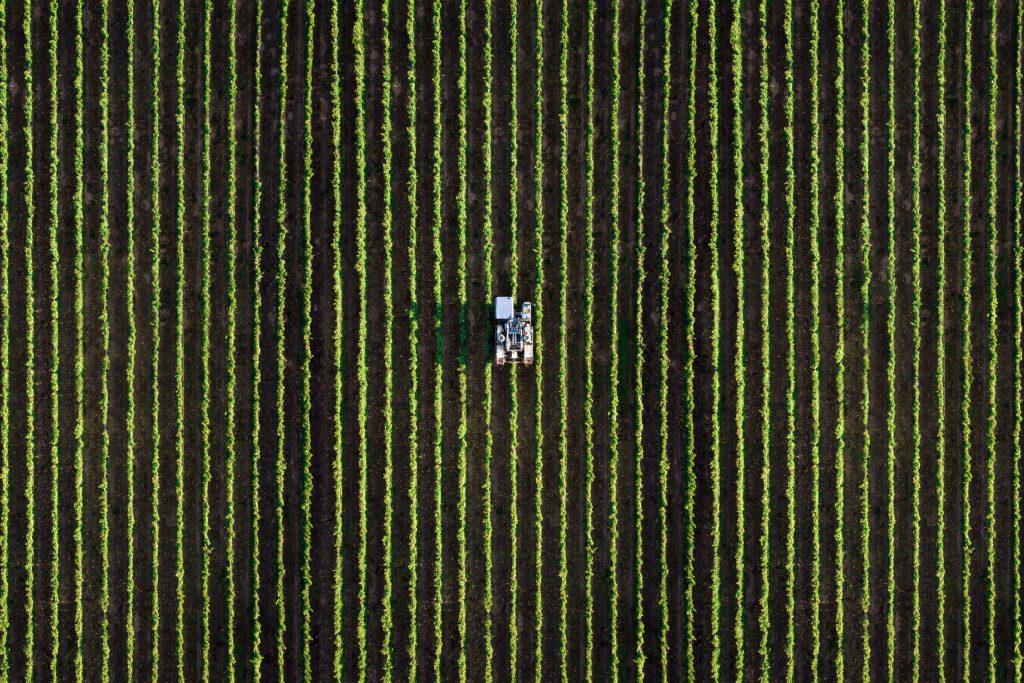
The House Agriculture Committee recently handed farmers in Minnesota and Ohio the microphone to ask them what rural America would like to see in the next Farm Bill. A common refrain? Protect crop insurance. We’ve compiled several highlights from these field hearings – check them out below. Growers in both states stated that a strong […]
Crop Insurance Keeps Farmers Fighting

Weather is one of a farmers’ top concerns. Just enough sun and rain will power a plant, resulting in a good yield. But too much sun and not enough rain, or too much rain and not enough sun, and a farmer might soon be counting his losses. The challenges presented by weather volatility was something […]
American Farmers Feed the World
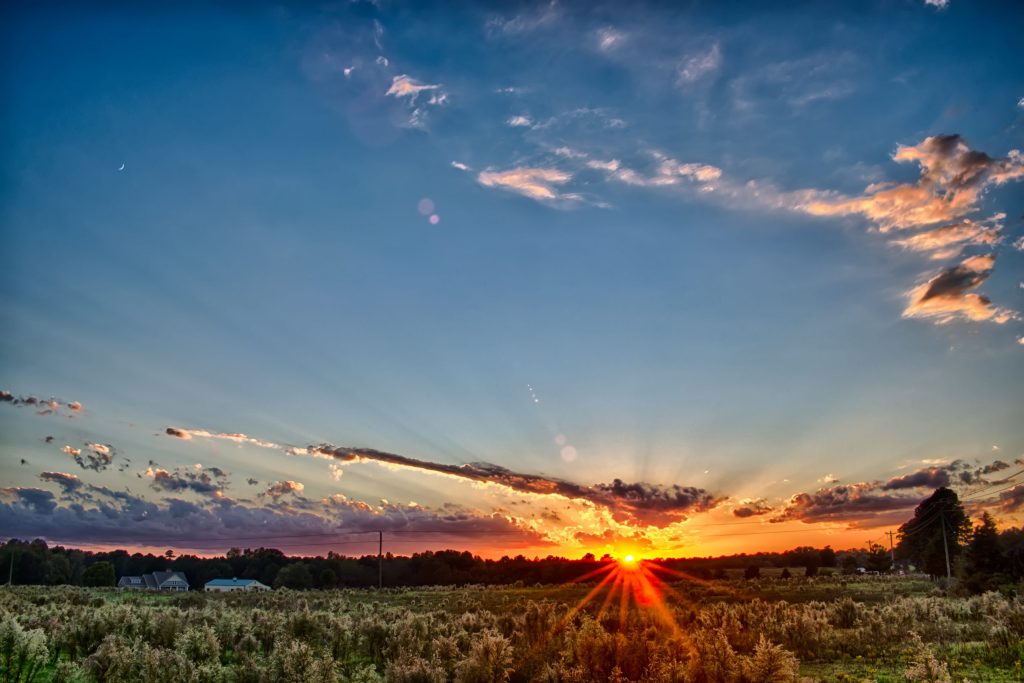
“If you really want to get in the weeds or, in a lot of cases, in the dirt with crop insurance, you need to go out to the field.” National Crop Insurance Services recently did just that, traveling to North Carolina to capture the real stories of both the farmers who rely on crop insurance […]

